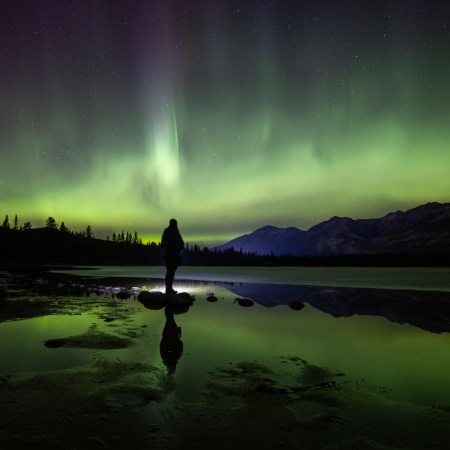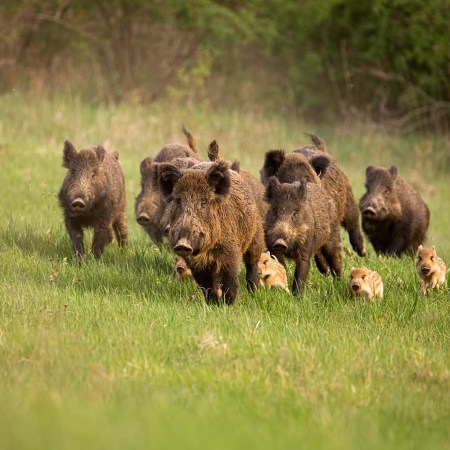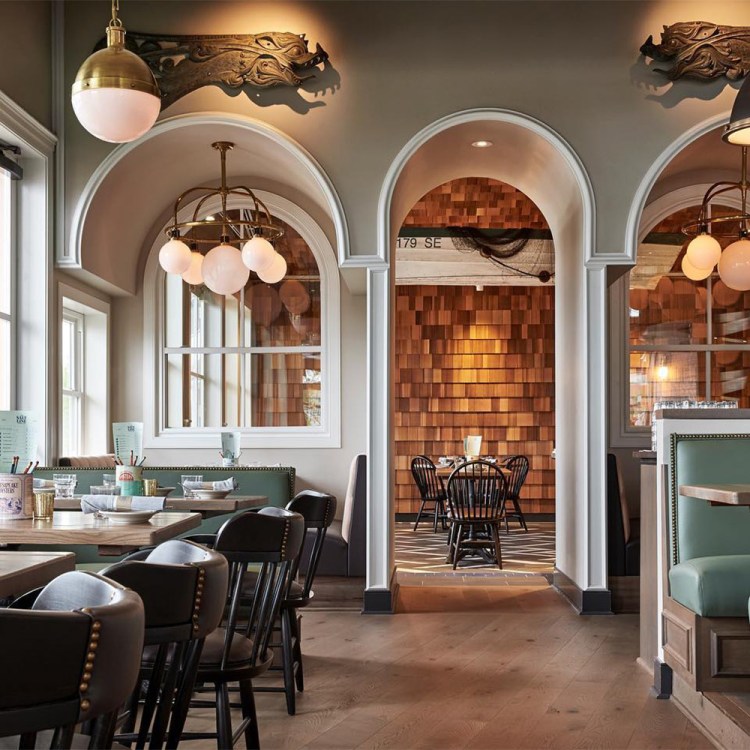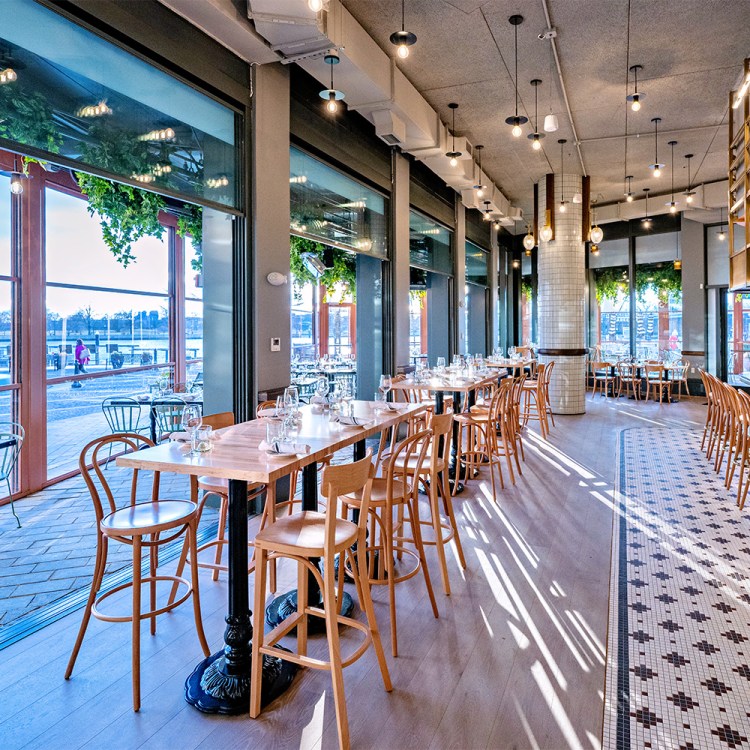Just a few short blocks away from the White House, you’ll find the National Geographic Headquarters, where scholars, explorers and scientists have been working together since 1888 to discuss, educate and fund the advancement of exploration and scientific discoveries.
It has also, incidental to that goal, become perhaps the greatest incubator for photographic talent in the entire world. And today, we’ve invited that talent to give you some tips on how to take better photos of tall buildings and statues.
The monuments of Washington, DC, are captured on camera countless times each day. So how do you make your images stand out from the rest, especially when you’re not a professional (and may don’t even possess a DSLR)? We understand the struggle, so we turned to a handful of photographers and staff members at National Geographic for some pointers on how to church up your photo game.
These photography tips aren’t just applicable for the monuments either — they’re phenomenal tips to help you see your city in a new light and take all-around better pictures in general. Alright, let’s get to it.
Tip 1: Find some underrated spots
“The Korean War Memorial is pretty amazing just before dawn. The oversized soldiers are lit up from below and look haunting,” says National Geographic staff photographer and resident beekeeper Mark Thiessen. Yep, you heard that right. Thiessen manages four hives on the roof of National Geographic HQ, and last year they produced a whopping 360 lbs of honey.
“Look for an interesting composition that includes the reflection of the soldiers in the granite wall that has soldiers edged in it. Try focusing on the wall and then on the reflections. A tripod can help with the slower shutter speed required.”
Thiessen says that the Korean War Memorial doesn’t get a lot of traffic because it’s off the beaten path, but that’s exactly why it should be one of the first stops on any photographic journey.
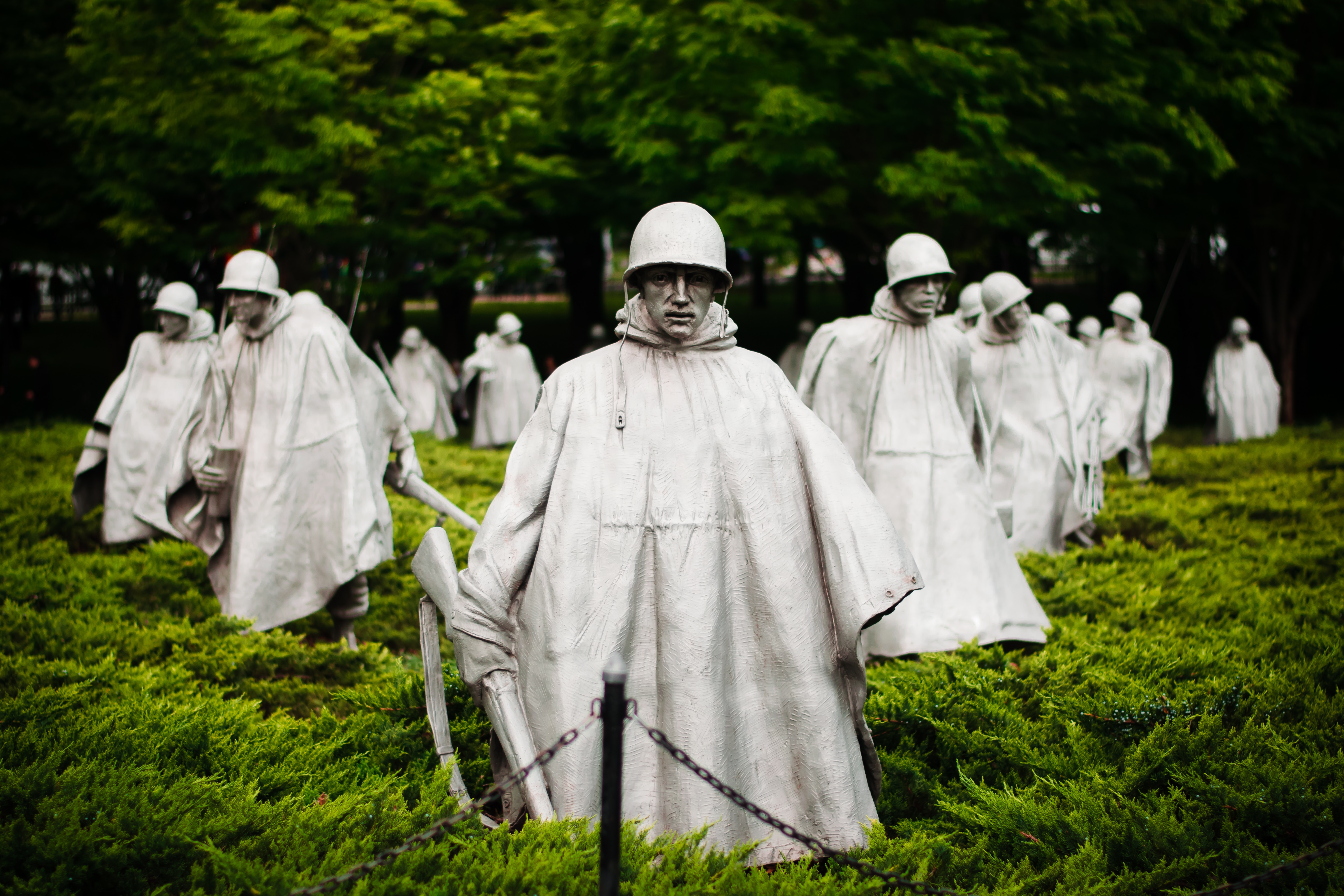
Tip 2: Wake up really damn early
“Nothing beats the Lincoln Memorial at sunrise. You have to get up early, say 4 a.m., and make your way down there, which is never easy, but it is so worth it,” says Nat Geo Your Shot Senior Producer Matt Adams.
“You can watch the light transition through the memorial and see how it moves over the statue of Lincoln, which is a pretty amazing sight.” Adams recommends “being able to wake up that early to get there.” Thanks, Matt.
“Second, have a wide-angle lens and find a nice spot inside the memorial so you can capture the beautiful sky across the reflecting pool. Try and find some interesting low-point angles to see if you can create some new perspectives as well.”
Tip 3: Think about your “why”
“My advice for aspiring photographers is to really think about why they were inspired to pause whatever they were doing and pick up their camera,” says David Lee.
“Maybe it’s the light, maybe it’s the moment, maybe it’s the composition of the scene in front of you — maybe it’s all three combined. There is a difference between taking a snapshot and making a photograph. If you are going to make an effort to take a picture, allow yourself the time and care to do it right. Look at the entire frame and be thoughtful in your intention. Be patient and work the scene. What are you trying to say? Remember, you are pausing a moment in time.”
Lee is a producer and community manager for Your Shot, National Geographic’s global photo community, meaning every day he combs through thousands of both amateur and professional photos. “I love that I get to encourage aspiring and professional photographers who are following their dreams. I appreciate the photo editors and photographers who gave me an extra five minutes with advice and support when I was starting out in my career.”
Tip 4: Be ready to shoot at any time, day or night
“Get up early to get the beautiful morning light and stay out late for the same reason,” says National Geographic Director of Photography Sarah Leen, who’s worked with the publication for nearly 35 years, having published 16 stories and produced five covers for the magazine.
“Dawn, dusk and early evenings are when the city really shines. Most of the monuments are beautifully lit in the evenings and worth waiting for,” says Leen.
One of her favorite spots to photograph in the city is the Vietnam War Memorial. “I love how the surface of the memorial is so reflective, of the people looking at it as well as the surroundings. It’s a very moving place.”
Tip 5: Don’t stress about your equipment
“Whatever camera you have on you works, whether it’s an iPhone or a Polaroid. Don’t feel that you need to carry 1,000 lbs. of gear everywhere you go. You’ll want something light so that you’re able to move quickly from place to place,” says Adams.
On finding inspiration no matter where you are in your city, Adams suggests finding a local coffee shop that lets you sit outside and gain inspiration as people walk by. “Find a great spot for sunset, it’s the magic hour and you’ll be amazed by how a difference in light can really change the look of a location for the better.”
Tip 6: Get away from the monuments
“I love shooting around Key Bridge at dusk and dawn. The light can be wonderful and shooting down on rowers from above can make for some very clean, graphic images,” says Thiessen. “Another great spot is below the bridge at dawn, when there is fog on the water. The fog glows in the warm, dawn light as rowers glide along the Potomac. Go before the sun rises and stay until after the sun goes down.”
“DC has so many diverse neighborhoods, and it’s the unique people in those neighborhoods that make the city such a fun place for people to practice their photography. Don’t be afraid to talk to someone who looks so interesting that you want to take their portrait. Sure, some people might turn you down, but don’t worry about being rejected. It happens.”
This article was featured in the InsideHook DC newsletter. Sign up now for more from the Beltway.

